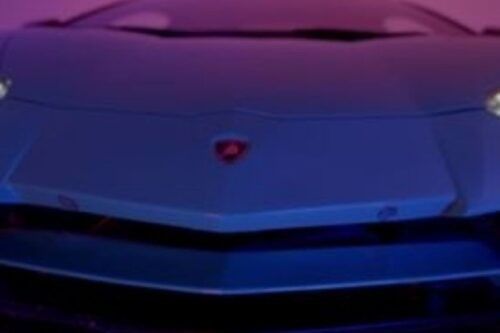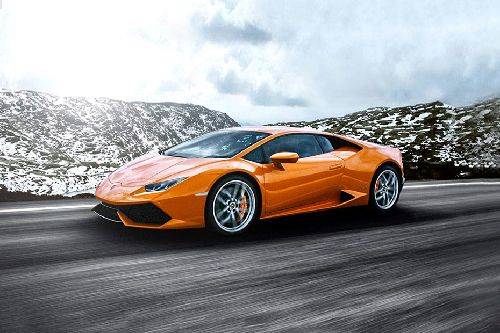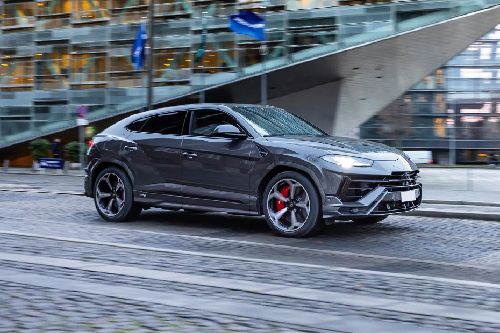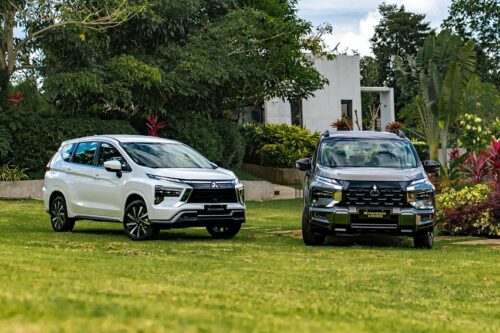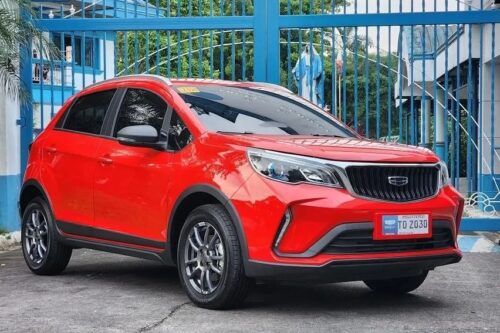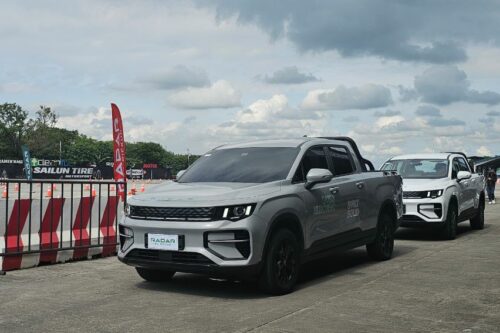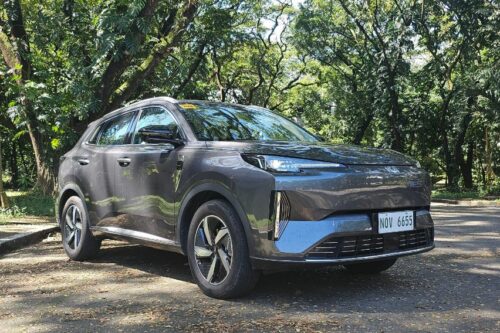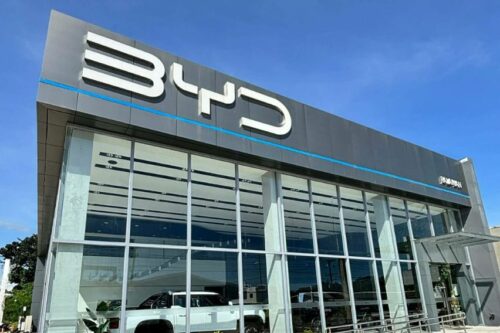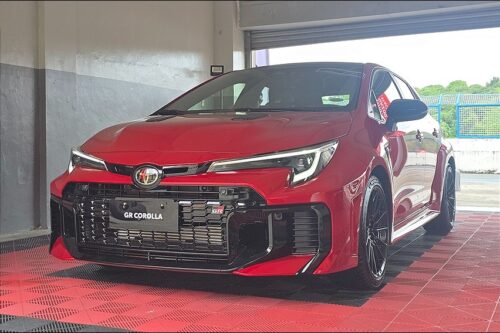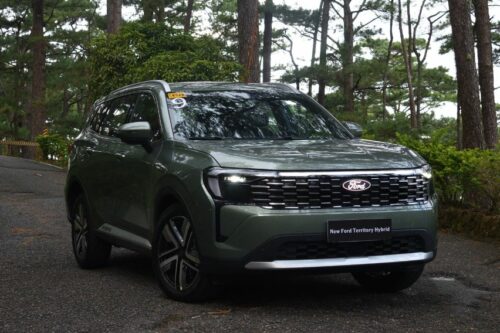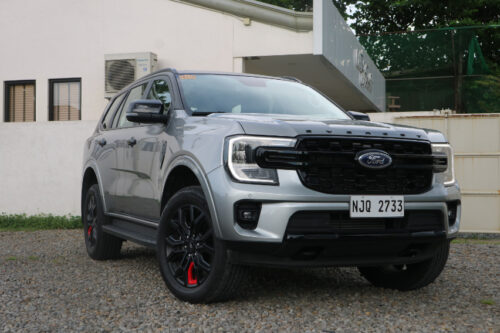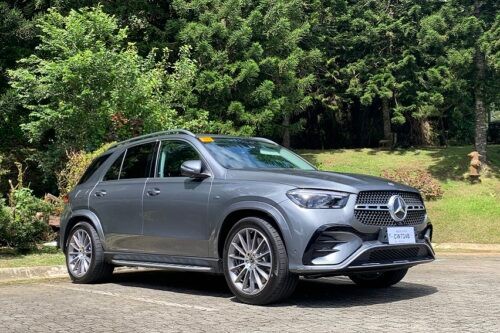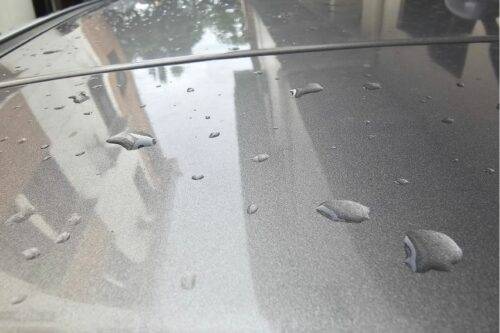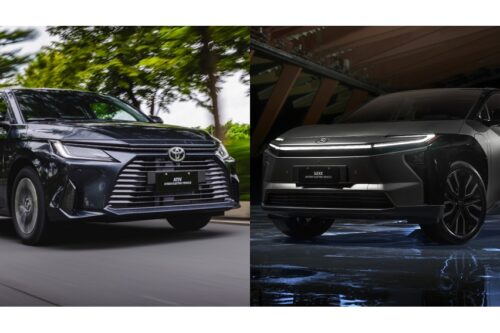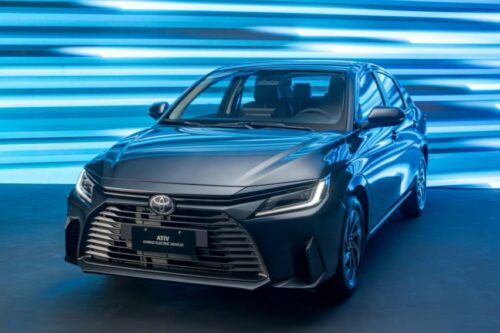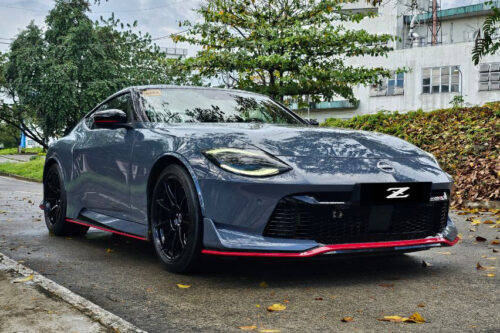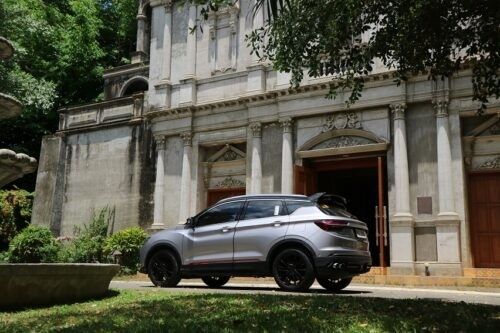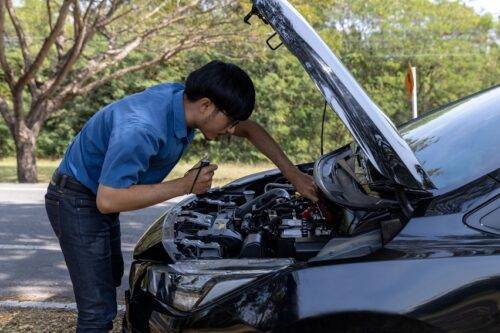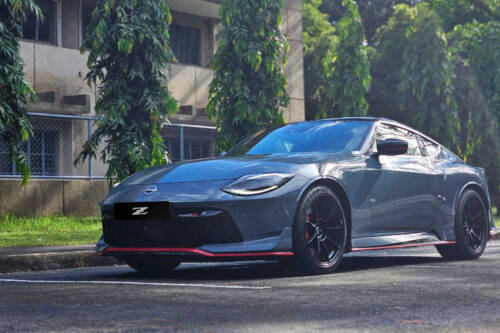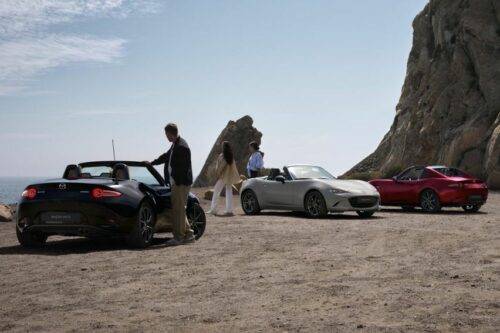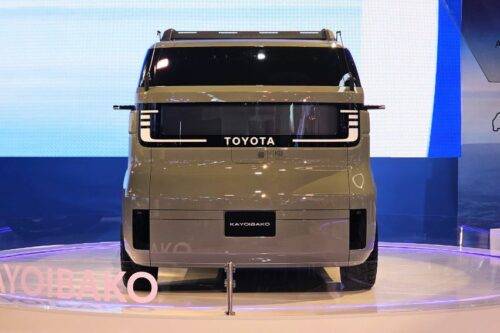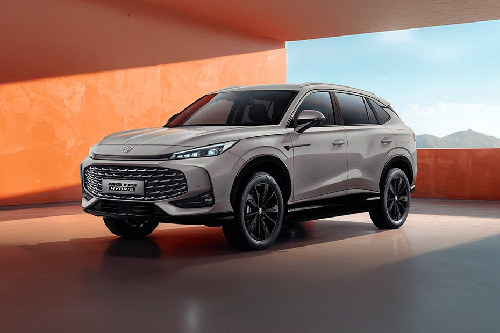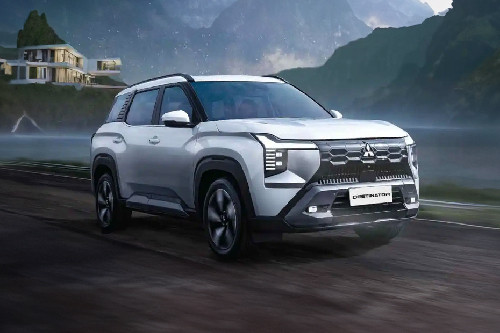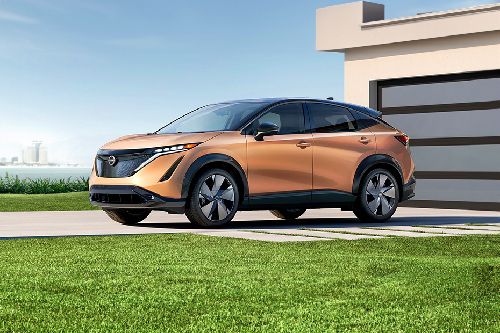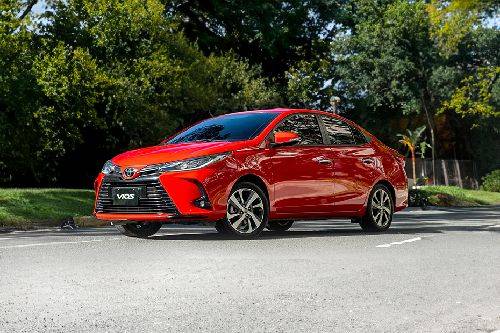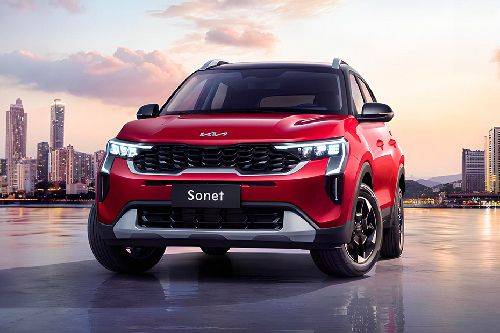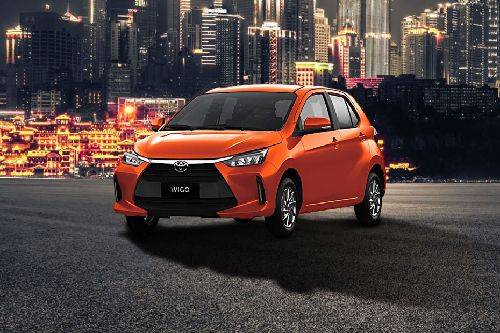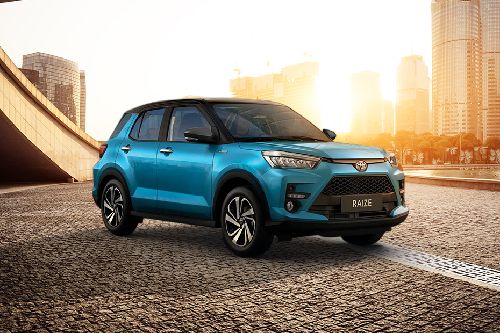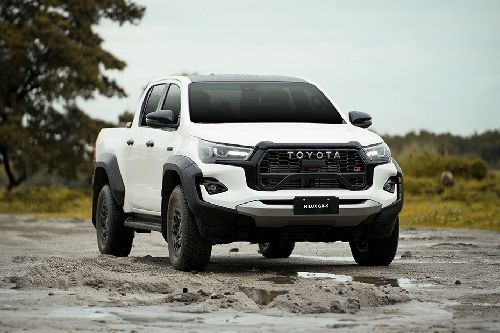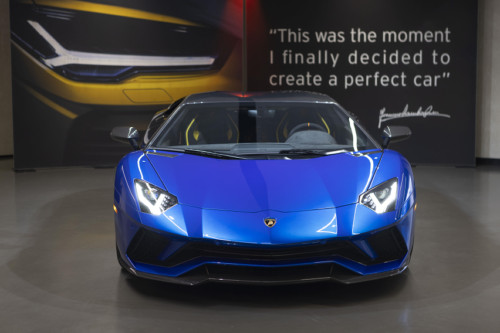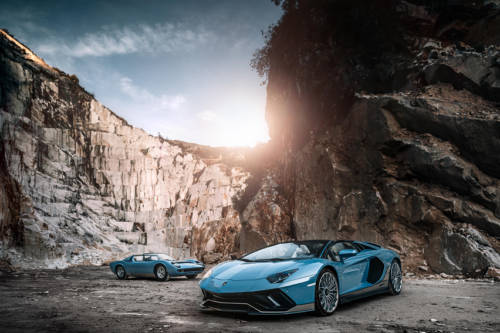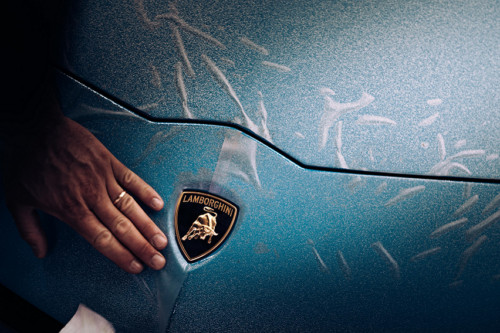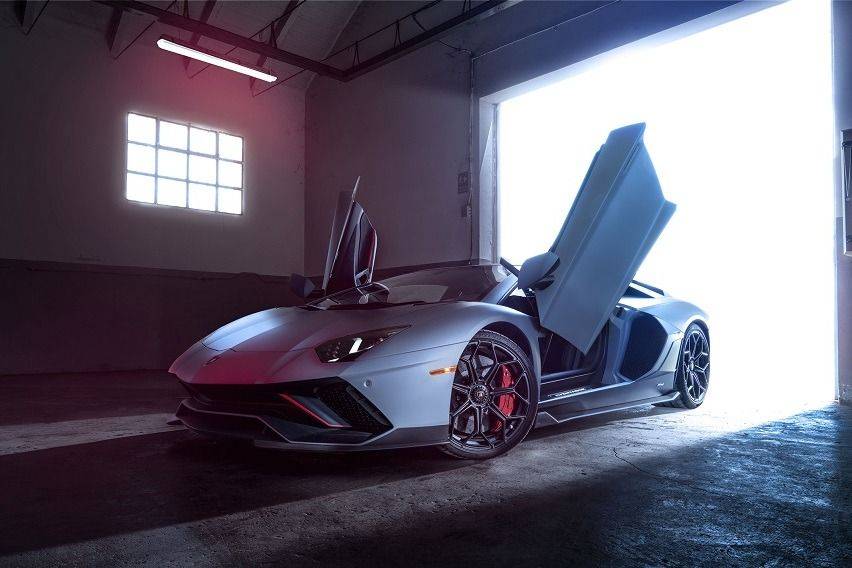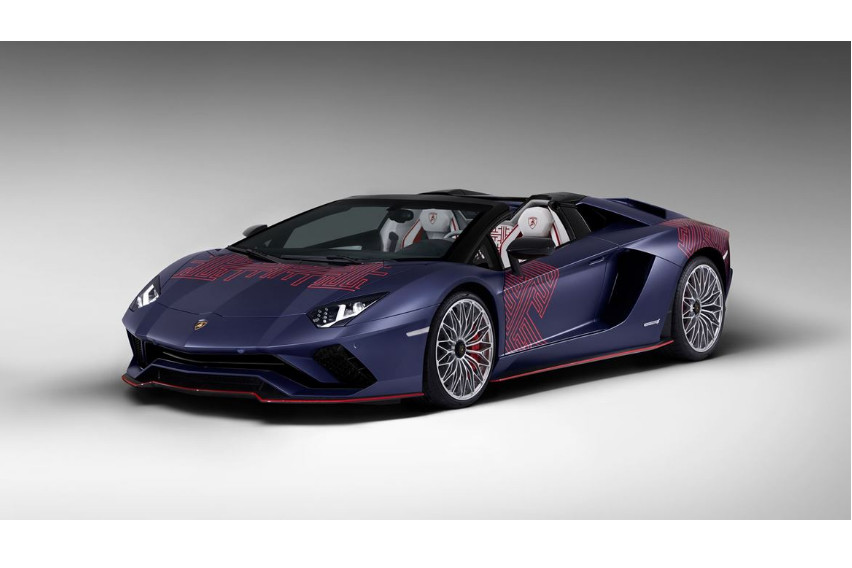Lamborghini looks back at history of naturally aspirated V12 before hybridization
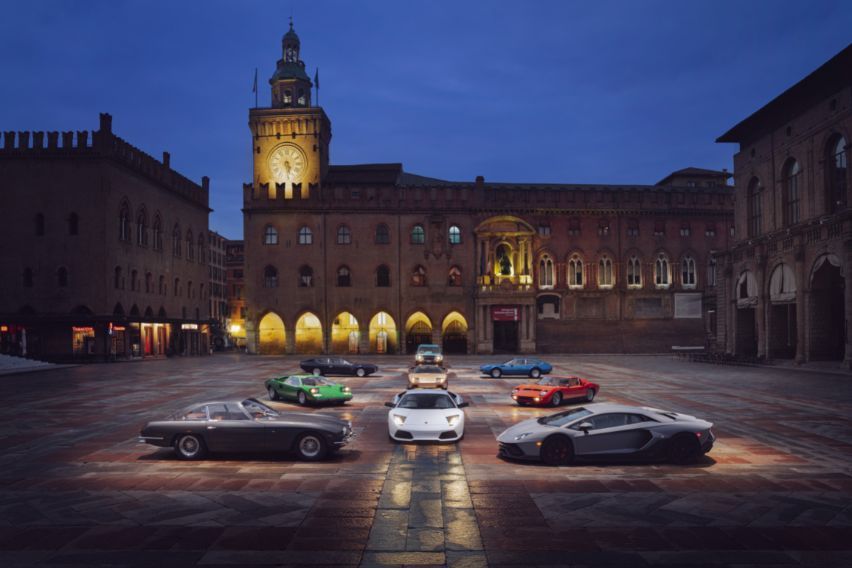
MANILA: Since 1963, Lamborghini's most distinguished product lines have been powered by the naturally aspirated V12 engine.
KEY TAKEAWAYS
How many versions of the naturally aspirated V12 engine have been made for Lamborghini?
Only two different versions have been made for Lamborghini.When will Lamborghini begin its hybrid chapter?
Lamborghini's next hybrid chapter will be launched in the first quarter of 2023.Only two different versions have been made for the super sports cars. Giotto Bizzarrini developed the first one, which was basically a racing engine that had been “civilized” for road use. It debuted in the first Lamborghini, the 350 GT. The second engine, which was completely redesigned but kept the same fundamental technical concepts, was introduced in the Lamborghini Aventador in 2011. For Lamborghini, this was a significant technological advancement that resulted in the establishment of new standards for power and dependability.
Since its introduction, the V12 engine has been regarded as the most prestigious of all powertrains, and this perception has further intensified since they were fitted in Lamborghinis. Bizzarrini developed a V12 to give the brand a chance to get into the racing world, however, Ferruccio Lamborghini decided to use it as a production engine for his new vehicle.

“The Lamborghini story was born with the V12. It is clear that in the 1960s, the V12 represented the pinnacle of technology, luxury and sportiness of every car,” Lamborghini Former Chief Technical Officer Maurizio Reggiani stated.
The V12 was also equipped in the Miura in 1966, the Countach in 1971, and the Diablo in 1990 before finding its final home in the Murcielago. In 1986, the engineers installed a 5.2-liter version of the engine in Lamborghini's first Super SUV, the LM 002, demonstrating the engine's versatility. A special variant of the LM 002 with a 7.2-liter 700-horsepower V12 engine, typically used on offshore racing powerboats, was also produced.
In order to deliver more power and to significantly lower fuel consumption and emissions, the first engine received a substantial number of modifications and evolutions. The position of the engine changed between 1963 and 2010. It was initially front-mounted in the Espada, 350 GT, and 400 GT. To reduce the weight to 232kg, aluminum was used to make the cylinder heads, crankcase, and pistons. The Miura, on the other hand, featured a rear mid-engine configuration with a 90-degree transverse orientation. To further balance weight distribution, it was then turned an additional 90 degrees to a longitudinal rear-mid position, beginning with the Countach.
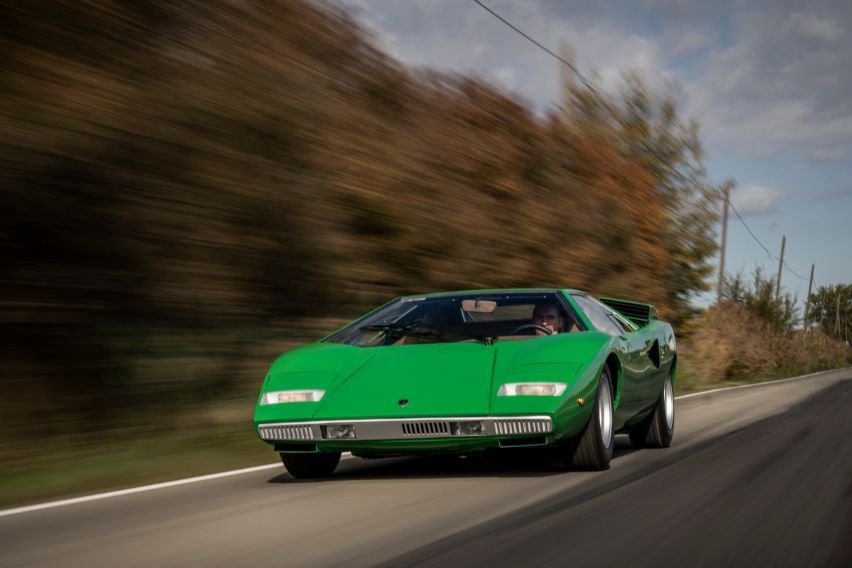
In 1990, the Diablo made its debut with an engine capacity raised to 5.7 liters and power delivery of 492hp at 6800rpm. The Diablo was the first Lamborghini super sports car to be offered with four-wheel drive when its VT version was released in 1993. On the other hand, the Diablo SV-R was developed for competition in the Super Sport Trophy, which served as a support race at the 1996 24 Hours of Le Mans. 32 Diablo SV-Rs participated in Lamborghini's largest ever racing program before the Super Trofeo championship began in 2009.
A period of massive transformation started when Audi bought a majority stake in Lamborghini.
“We were able to create a relationship between Audi and Lamborghini that set limits but also respected needs. Right from the start, Audi understood what it could ask of Lamborghini and what it could not, creating a balance that allowed both companies to improve by promoting their differences. The specificity of Lamborghini, perceived by both the shareholders and the other brands in the group, has been one of the keys to our success. What we were able to demonstrate with the development of the V12 gave us the confidence that enabled us to fine-tune the V10 that debuted on the Gallardo and to develop all our other products in a distinctly Lamborghini way,” Regianni recalled.
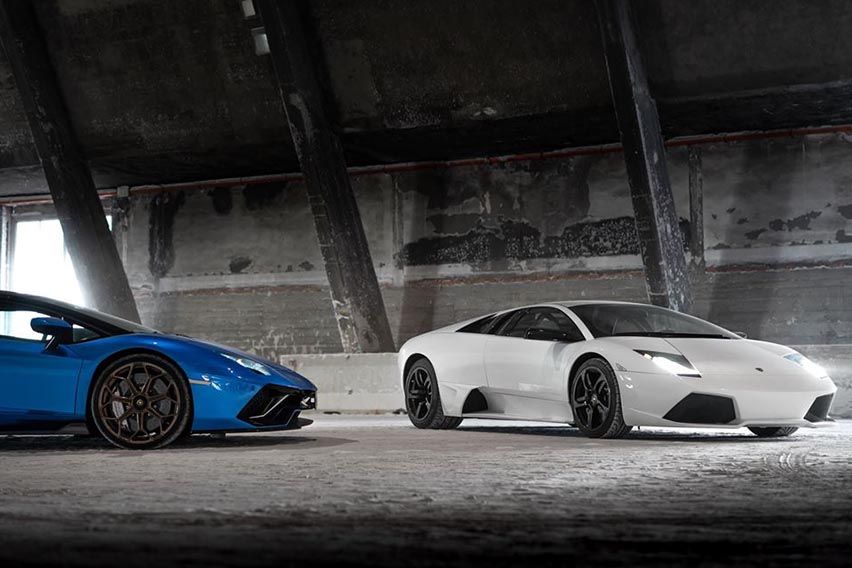
The need to reduce engine weight grew as engine capacity increased — from 3.5 liters in the 350 GT to 6.5 liters in the Murcielago. In order to lower the engine in the chassis, new materials and technologies were applied. Today, the V12 powers the Aventador, Sian, and Countach LPI 800-4 as well as the Essenza SCV12.
In 2011, the Aventador engine was introduced, with 6.5-liter displacement and 690hp at 8,250rpm. It was modified for the LP 700-4 in 2013, the LP 750-4 in 2015, and the Superveloce in 2016. The engine power was increased to 759hp with the introduction of the SVJ in 2019 and to 780hp in the 2021 Ultimae, the last road-going Aventador. The Essenza, a car designed exclusively for the racetrack and exempted from homologation requirements for road use, also has the same engine installed. This configuration, which enables the engine to produce up to 830hp, is a remarkable feat of modern engineering.

The Aventador is the last Lamborghini to use a pure naturally aspirated V12 engine before the next hybrid chapter is launched in the first quarter of 2023.
Photos from Lamborghini
Also read: Lamborghini looks back on successful 2022
Sell your car at the best price
 Verified and genuine buyers
Verified and genuine buyers
Lamborghini Aventador Related Stories
- News
Lamborghini Car Models
Trending & Fresh Updates
- Latest
- Popular
You might also be interested in
- News
- Featured Stories
Lamborghini Featured Cars
- Latest
- Upcoming
- Popular
Lamborghini Aventador Car Articles From Carmudi
- journal


